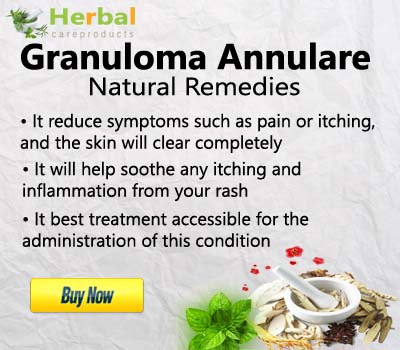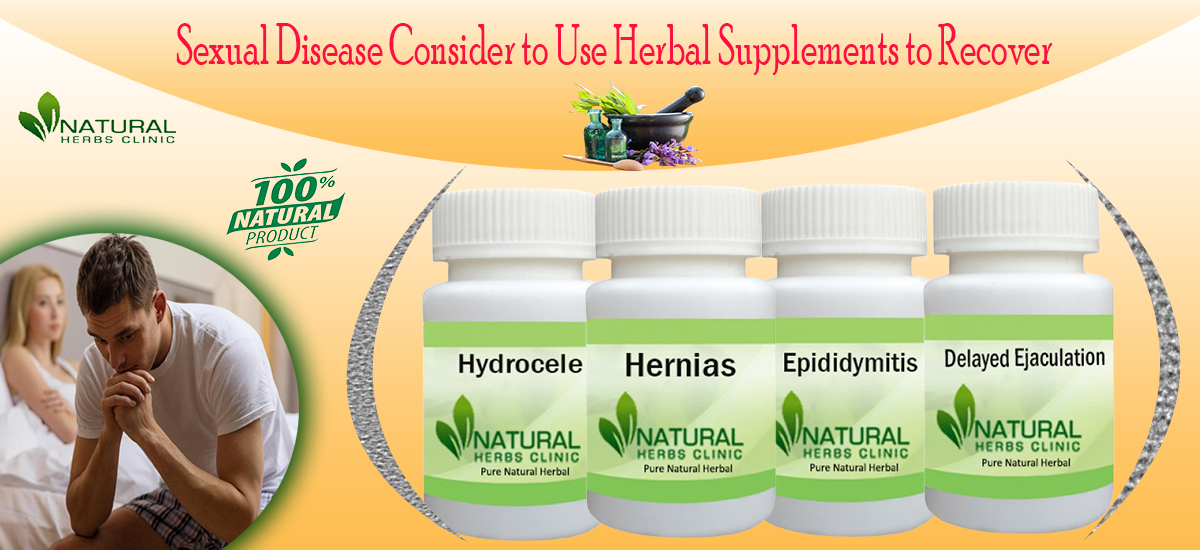Hydrocele Treatments That Actually Work: A Complete Guide for Relief

Hydrocele is a common condition that occurs when fluid builds up in the sac around the testicle, causing swelling in the scrotum. Though not usually dangerous, it can be uncomfortable, unsightly, and cause concern for many men. Thankfully, various hydrocele treatments can help alleviate symptoms, and in some cases, even cure the condition altogether.
This guide will explore effective hydrocele treatment options, ranging from conservative methods to surgical interventions, and discuss how Herbal Remedies for Hydrocele can complement conventional treatments for added relief.
What Is a Hydrocele?
A hydrocele is the accumulation of fluid in the scrotal sac surrounding the testicles. This results in swelling, which can be mild to severe depending on the amount of fluid buildup. The condition is typically painless but may cause discomfort or embarrassment, particularly if the swelling is noticeable.
Hydroceles are common in newborns and men over 40. In infants, hydroceles often resolve on their own within the first year of life. However, in adults, a hydrocele may persist or develop due to injury, infection, or underlying medical conditions.
Symptoms of Hydrocele
The primary symptom of a hydrocele is swelling in the scrotum, which may fluctuate in size. Other possible symptoms include:
- A feeling of heaviness or discomfort in the scrotum
- Swelling that worsens as the day progresses
- Pain or tenderness (although this is rare)
- No other significant discomfort or systemic symptoms
Most men with hydroceles experience only mild discomfort or no symptoms at all. However, in more severe cases, the swelling may become large enough to interfere with normal activities or cause psychological distress.
Hydrocele Treatment: Effective Options
If you’re experiencing a hydrocele, there are several treatment options available. The right choice depends on the size of the hydrocele, its cause, and the level of discomfort it causes. Let’s explore the most effective hydrocele treatment methods.
1. Watchful Waiting (Observation)
In many cases, particularly for newborns and mild adult hydroceles, the best course of action is simply to observe the condition. Many hydroceles resolve on their own over time, without the need for treatment. This approach, known as “watchful waiting,” is particularly suitable when:
- The hydrocele is small and not causing pain
- There is no underlying infection or injury
- The patient prefers to avoid unnecessary procedures
For adults, a hydrocele may persist without causing significant symptoms. In such cases, your doctor may recommend periodic checkups to monitor the condition and ensure that it does not grow larger or cause complications.
2. Hydrocele Aspiration
Hydrocele aspiration is a non-surgical procedure in which a doctor uses a needle to remove the fluid from the sac surrounding the testicle. This method offers temporary relief from swelling but is not a permanent solution. Hydrocele aspiration is suitable for men who have large, bothersome hydroceles but do not wish to undergo surgery.
The procedure involves inserting a needle into the scrotum to extract the fluid. While it’s minimally invasive, there is a risk of infection or the hydrocele reappearing after the procedure. For this reason, aspiration is generally only used in certain cases.
3. Sclerotherapy
Sclerotherapy is a procedure in which a sclerosing agent (a substance that causes tissue to shrink) is injected into the hydrocele sac after the fluid has been aspirated. This can help prevent the hydrocele from re-forming by encouraging the body to reabsorb the fluid.
Sclerotherapy may be recommended when other non-surgical treatments have failed or when surgery is not an option. The procedure is relatively simple, though it may require multiple sessions for optimal results.
4. Surgery (Hydrocelectomy)
For larger or persistent hydroceles, surgery may be necessary. The most common surgical procedure is known as a hydrocelectomy. This operation involves removing the sac that contains the fluid, thereby permanently resolving the issue.
Hydrocelectomy is typically performed under local or general anesthesia. The surgeon makes an incision in the scrotum and carefully removes the fluid and the sac. While the procedure is generally safe, there are risks associated with surgery, such as infection, bleeding, or damage to the testicle or surrounding structures.
Recovery from a hydrocelectomy typically takes a few weeks, and patients are advised to avoid heavy lifting or strenuous activities during this time.
5. Laparoscopic Surgery
In certain cases, laparoscopic surgery may be an option. This minimally invasive procedure involves making small incisions in the abdomen and using a tiny camera and instruments to remove the hydrocele. Laparoscopic surgery is less invasive than traditional hydrocelectomy and often leads to a quicker recovery time.
Laparoscopic surgery is typically reserved for larger hydroceles or cases where the hydrocele is caused by an underlying condition, such as an inguinal hernia.
Herbal Remedies for Hydrocele
While surgical treatments and medical interventions are the most common approaches to managing hydroceles, there are also herbal remedies for hydrocele that may help alleviate symptoms and support the healing process.
Herbal remedies can offer a natural alternative or complement to conventional treatments, providing relief from swelling, inflammation, and discomfort. However, it’s important to note that herbal treatments should be used alongside, not as a replacement for, medical treatments.
1. Turmeric (Curcuma longa)
Turmeric is well-known for its anti-inflammatory properties and has been used in traditional medicine to treat a variety of conditions, including hydrocele. The active compound in turmeric, curcumin, has been shown to reduce inflammation and promote healing.
For hydrocele, turmeric can be taken orally in supplement form or as part of your diet (e.g., in curry dishes). Turmeric may help reduce the inflammation in the affected area and improve circulation, potentially aiding in the resolution of the hydrocele.
2. Ginkgo Biloba
Ginkgo biloba is another herb known for its ability to improve circulation and reduce swelling. By enhancing blood flow to the affected area, ginkgo biloba may support the healing of the hydrocele sac and reduce the buildup of fluid.
Ginkgo biloba can be taken in capsule or tea form. However, individuals on blood-thinning medications should consult their healthcare provider before using ginkgo biloba, as it can increase the risk of bleeding.
3. Epsom Salt Bath
Although not strictly an herb, Epsom salt is a popular remedy for reducing swelling and promoting relaxation. Epsom salt contains magnesium, which can help draw out fluid from the affected area, providing temporary relief from swelling and discomfort.
To use Epsom salt for hydrocele, dissolve a few tablespoons of salt in warm water and soak the affected area for 15-20 minutes. Repeat this process daily to reduce swelling and promote comfort.
4. Fenugreek (Trigonella foenum-graecum)
Fenugreek is an herb that has traditionally been used to treat various inflammatory conditions. Fenugreek seeds contain compounds that may help reduce swelling and promote fluid drainage, making it a useful herbal remedy for hydrocele.
To use fenugreek, you can make a tea by steeping the seeds in hot water or take fenugreek supplements as directed. Fenugreek is also known for its anti-bacterial properties, which may help prevent infections in the hydrocele sac.
5. Aloe Vera
Aloe vera is another plant with well-documented anti-inflammatory and healing properties. When applied topically, aloe vera gel can reduce swelling and irritation, providing relief from the discomfort of a hydrocele.
To use aloe vera for hydrocele, extract fresh gel from an aloe vera leaf and apply it directly to the swollen area. You can also drink aloe vera juice for its internal healing effects, but be sure to use it in moderation.
When to Seek Medical Treatment
While mild hydroceles often resolve on their own, it’s important to seek medical treatment if you experience the following:
- Rapid or significant swelling
- Pain or tenderness in the scrotum
- Fever or signs of infection (redness, warmth)
- Difficulty urinating or discomfort in the abdomen
- A hydrocele that persists or worsens despite home treatments
If you are concerned about your hydrocele or the swelling is affecting your quality of life, consult a healthcare provider for a thorough evaluation and discuss the best treatment options.
Conclusion
Herbal Treatment for Hydrocele depends on the severity of the condition and the level of discomfort it causes. In many cases, the condition can resolve on its own with proper observation and care. However, for persistent or large hydroceles, medical treatments such as aspiration, sclerotherapy, or surgery may be necessary.
Herbal remedies for hydrocele, such as turmeric, ginkgo biloba, and fenugreek, can also be used as complementary treatments to reduce swelling and promote healing. These natural options can offer relief, but they should be used alongside conventional medical treatments for optimal results.
Ultimately, the best approach for treating hydrocele involves a combination of medical care, lifestyle changes, and, if appropriate, herbal remedies. Consult with your healthcare provider to determine the most suitable treatment for your specific condition and needs.





